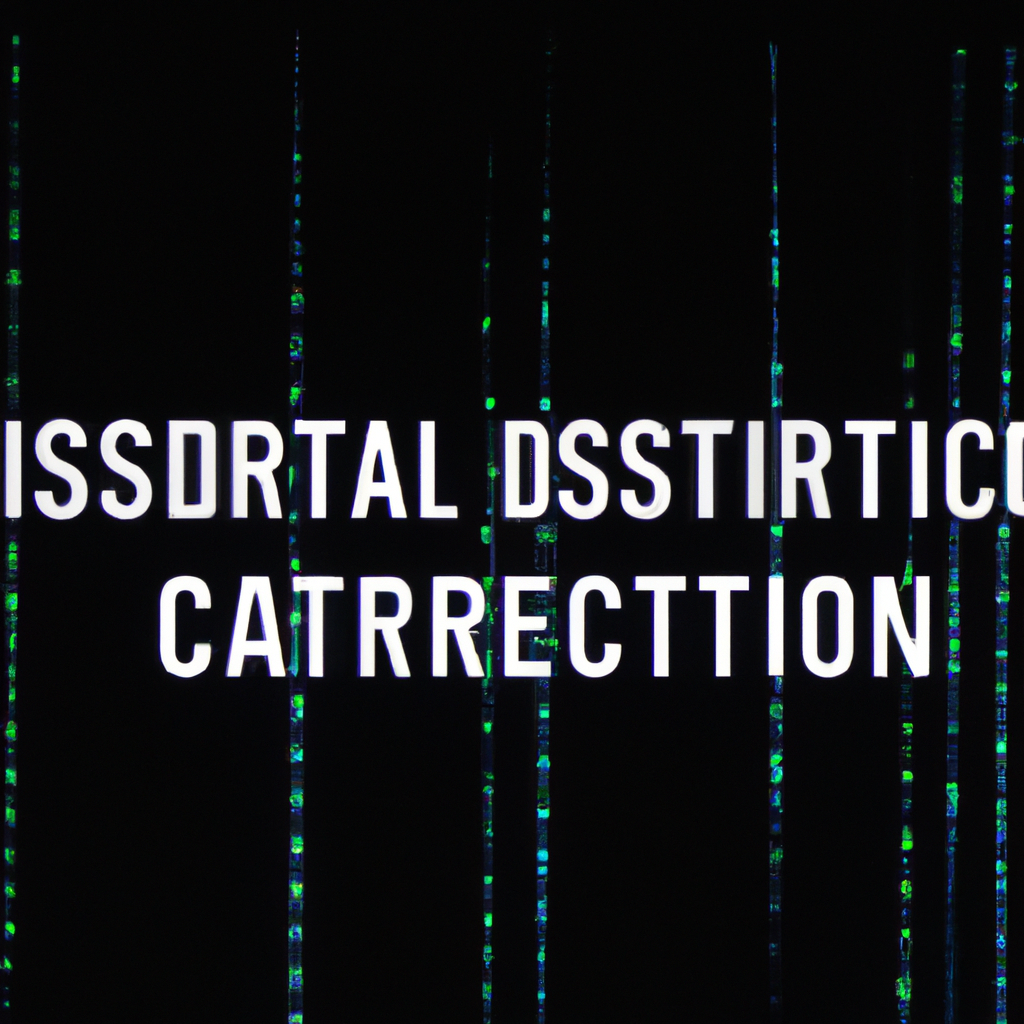Data encryption is the process of converting plain text or data into an encoded format to protect it from unauthorized access. Encryption is a crucial aspect of digital security, especially during internet transmission. It ensures that data is transmitted securely and that only authorized persons can access it. In this article, we will explore how data is encrypted for internet transmission, encryption methods, cryptography, and secure communication.
Understanding Data Encryption
Data encryption is the process of converting plain text into an encoded format that can only be decrypted by someone with the right key. The key is a unique code that only authorized persons have access to. Without the key, the encrypted data is unreadable and useless.
Encryption Methods
There are two primary methods of encryption: symmetric and asymmetric encryption. Symmetric encryption involves using the same key to encrypt and decrypt data. This method is suitable for encrypting small amounts of data, such as emails or text messages. Asymmetric encryption, on the other hand, uses two keys, one for encryption and the other for decryption. This method is suitable for encrypting large amounts of data, such as credit card numbers or financial data.
Cryptography
Cryptography is the science of securing information through the use of encryption. It involves creating algorithms that can be used to encrypt and decrypt data. Cryptography ensures that data is secure and cannot be accessed by unauthorized persons.
Secure Communication
Secure communication is the process of transmitting data from one point to another without unauthorized access. It involves encryption and decryption of data, as well as the use of secure communication protocols. Secure communication protocols are a set of rules that ensure that data is transmitted securely across the internet.
How Data is Encrypted for Internet Transmission
When data is transmitted over the internet, it is vulnerable to interception and unauthorized access. To ensure that data is transmitted securely, it is encrypted using encryption algorithms. Encryption algorithms are mathematical formulas that convert plain text into an encoded format that can only be decrypted by authorized persons.
When data is transmitted over the internet, it is first encrypted using a symmetric or asymmetric encryption algorithm. The encrypted data is then transmitted over the internet using a secure communication protocol. The secure communication protocol ensures that the encrypted data is transmitted securely and cannot be intercepted by unauthorized persons.
Once the encrypted data reaches its destination, it is decrypted using the appropriate decryption key. The decryption key is a unique code that only authorized persons have access to. Once the data is decrypted, it is in its original plain text format and can be accessed by the recipient.
Benefits of Data Encryption
Data encryption has several benefits, including:
1. Security – Data encryption ensures that data is transmitted securely and cannot be accessed by unauthorized persons.
2. Privacy – Data encryption ensures that sensitive data remains private and cannot be accessed by unauthorized persons.
3. Compliance – Data encryption is a requirement for compliance with data protection regulations such as GDPR.
Conclusion
Data encryption is a crucial aspect of digital security, especially during internet transmission. Encryption ensures that data is transmitted securely and that only authorized persons can access it. Encryption methods include symmetric and asymmetric encryption, and cryptography is the science of securing information through the use of encryption. Secure communication protocols ensure that data is transmitted securely over the internet. Data encryption has several benefits, including security, privacy, and compliance.







